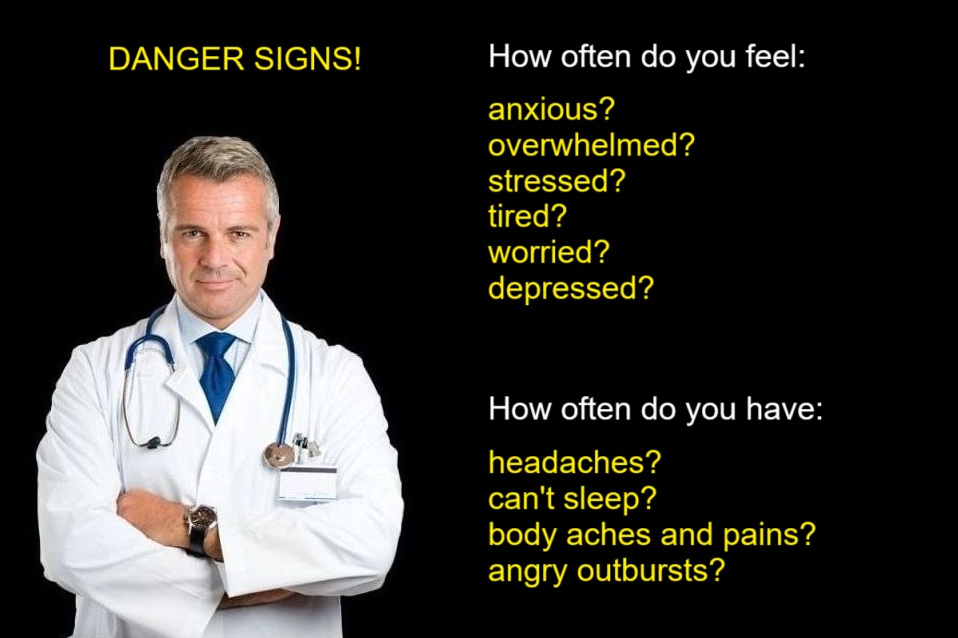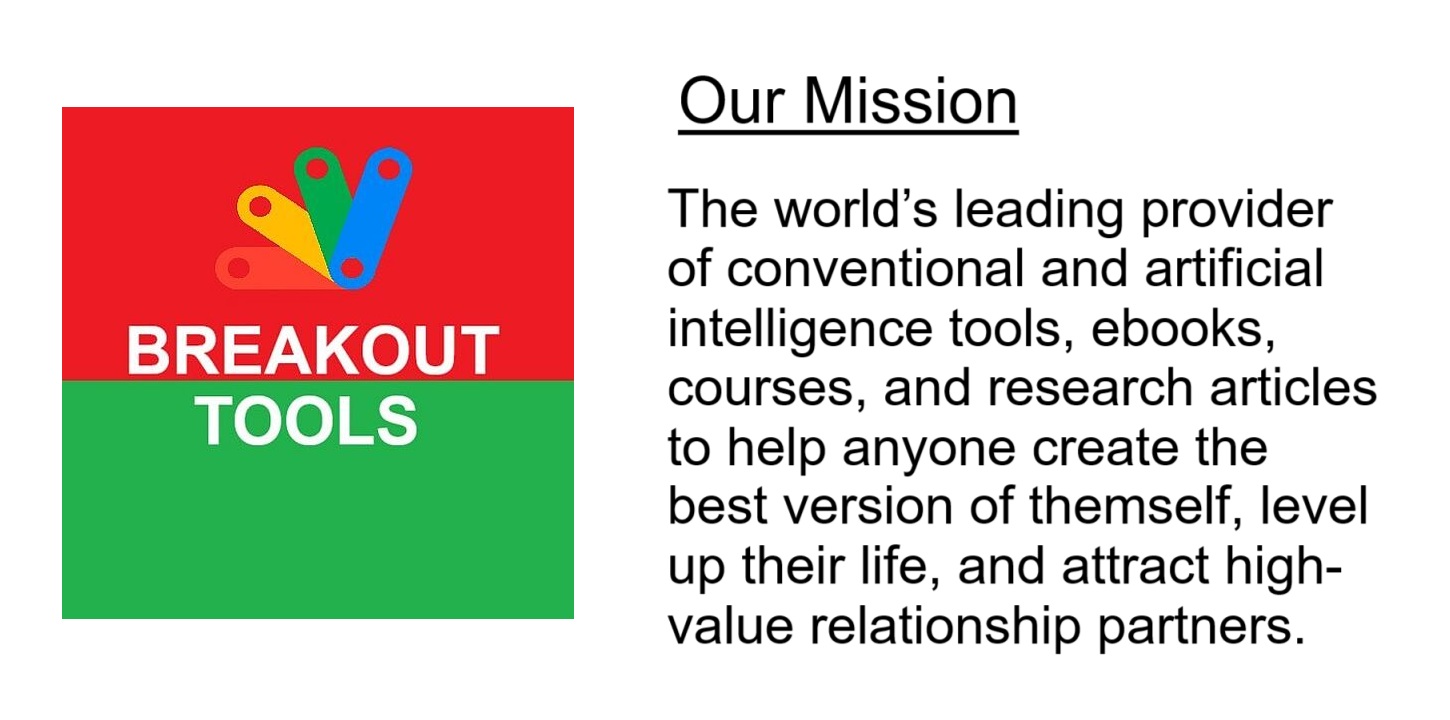Anxiety, once considered a relatively minor concern, has surged to the forefront of public health discussions. It’s no longer a niche issue; it’s a pervasive epidemic gripping Gen Z, Millennials, and Gen X with unprecedented force. While these generations navigate a world riddled with economic uncertainties, social pressures amplified by digital connectivity, and a constant barrage of unsettling news, anxiety disorders are becoming increasingly commonplace. This article delves into the multifaceted causes behind this escalating anxiety epidemic, explores the diverse symptoms that manifest across generations, and, most importantly, offers evidence-based solutions to help individuals and communities combat this growing crisis.
Understanding the Generational Landscape of Anxiety
Before diving into the specifics, it’s crucial to acknowledge the unique contexts shaping each generation’s experience with anxiety.
- Gen Z (Born 1997-2012): Coming of age in the digital era, Gen Z has never known a world without the internet and social media. They’ve witnessed global events unfold in real-time, from climate change to political polarization, often feeling overwhelmed and powerless. The pressure to curate a perfect online persona, coupled with concerns about future prospects in a competitive job market, contributes significantly to their anxiety.
- Millennials (Born 1981-1996): Millennials entered adulthood during the Great Recession, facing significant economic hardship and job insecurity. They carry the weight of student loan debt, struggle to afford housing, and often feel disillusioned by the traditional markers of success. The pressure to achieve work-life balance amidst demanding careers and the constant comparison to others on social media exacerbates their anxiety.
- Gen X (Born 1965-1980): Often referred to as the “sandwich generation,” Gen X finds themselves caring for both aging parents and their own children. They face financial pressures from multiple directions, juggling career responsibilities, family obligations, and concerns about their own health and future. This generation often struggles with work-related stress, financial anxieties, and the pressure to provide for their families.
The Roots of the Epidemic: Unraveling the Causes
The anxiety epidemic is not a monolithic phenomenon; it’s a complex interplay of various factors:
- Social Media and Digital Overload: The constant connectivity and curated realities presented on social media platforms contribute to feelings of inadequacy, social comparison, and fear of missing out (FOMO). Cyberbullying, online harassment, and the pressure to maintain a perfect online image exacerbate anxiety, particularly among Gen Z and Millennials.
- Economic Instability and Uncertainty: Economic recessions, job insecurity, rising costs of living, and the burden of student loan debt contribute to significant financial anxiety. The pressure to achieve financial stability and provide for families fuels chronic stress and worry, affecting all three generations.
- Political Polarization and Social Unrest: The increasingly polarized political climate, social injustice, and global events contribute to feelings of uncertainty, fear, and helplessness. Exposure to constant news coverage of violence, conflict, and social unrest amplifies anxiety and can lead to feelings of despair.
- Increased Awareness and Diagnosis: Greater awareness of mental health conditions and improved diagnostic practices may contribute to the increase in reported anxiety cases. As society becomes more open to discussing mental health, more individuals may seek help and receive diagnoses, leading to a seemingly higher prevalence of anxiety disorders.
- Trauma and Adverse Childhood Experiences (ACEs): Exposure to trauma, such as abuse, neglect, or witnessing violence, can significantly increase the risk of developing anxiety disorders later in life. Adverse childhood experiences can have long-lasting effects on mental health and resilience, contributing to chronic anxiety across generations.
- Lifestyle Factors: Modern lifestyles characterized by sedentary behavior, poor diets, lack of sleep, and substance use can exacerbate anxiety symptoms. These lifestyle choices can disrupt the body’s natural stress response and increase vulnerability to anxiety disorders.
Recognizing the Many Faces of Anxiety: Symptoms Across Generations
Anxiety manifests differently in individuals, but some common symptoms include:
- Excessive worry and rumination: Persistent and uncontrollable thoughts, often focused on future events or potential threats.
- Restlessness and irritability: Difficulty relaxing, feeling on edge, and experiencing heightened irritability.
- Muscle tension and physical discomfort: Physical symptoms such as headaches, stomachaches, and muscle tension.
- Sleep disturbances: Difficulty falling asleep or staying asleep, leading to fatigue and impaired cognitive function.
- Panic attacks: Sudden episodes of intense fear accompanied by physical symptoms such as rapid heart rate, shortness of breath, and dizziness.
- Social withdrawal: Avoiding social situations due to fear of judgment or anxiety.
- Difficulty concentrating: Trouble focusing, remembering information, and making decisions.
- Procrastination: Avoiding tasks or responsibilities due to fear of failure or overwhelming anxiety.
It’s crucial to remember that these symptoms can manifest differently across generations. For instance, Gen Z may exhibit anxiety through increased social media use or online gaming as coping mechanisms, while Gen X might experience it through workaholism or increased alcohol consumption.
Breaking the Cycle: Solutions and Strategies for Managing Anxiety
Addressing the anxiety epidemic requires a multi-pronged approach encompassing individual, community, and societal interventions:
- Therapy and Counseling: Cognitive Behavioral Therapy (CBT) and other therapeutic approaches can help individuals identify and challenge negative thought patterns, develop coping skills, and manage anxiety symptoms.
- Medication: In some cases, medication may be necessary to manage anxiety symptoms, particularly when they are severe or debilitating. Antidepressants and anti-anxiety medications can help regulate brain chemistry and reduce anxiety levels. Consult a medical professional.
- Mindfulness and Meditation: Practicing mindfulness and meditation can help individuals become more aware of their thoughts and feelings, reduce stress, and cultivate a sense of calm.
- Lifestyle Changes: Adopting a healthy lifestyle that includes regular exercise, a balanced diet, sufficient sleep, and limited caffeine and alcohol intake can significantly reduce anxiety symptoms.
- Social Support: Connecting with friends, family, and support groups can provide emotional support, reduce feelings of isolation, and promote resilience.
- Limiting Social Media Use: Reducing exposure to social media and engaging in real-life interactions can help reduce social comparison, improve self-esteem, and alleviate anxiety.
- Advocacy and Awareness: Raising awareness about mental health and advocating for policies that support mental health services can help reduce stigma and improve access to care for all.
- Developing Coping Mechanisms: Learning healthy coping mechanisms, such as deep breathing exercises, progressive muscle relaxation, and journaling, can help individuals manage anxiety in the moment.
Moving Forward: Building a More Resilient Future
The anxiety epidemic is a complex challenge that requires a comprehensive and collaborative response. By understanding the causes, recognizing the symptoms, and implementing evidence-based solutions, we can empower individuals, strengthen communities, and build a more resilient future for Gen Z, Millennials, and Gen X. It’s time to prioritize mental well-being and create a society that supports and encourages individuals to seek help and thrive in the face of adversity. The conversation needs to continue, and proactive steps must be taken to ensure that mental health is given the attention and resources it deserves.










